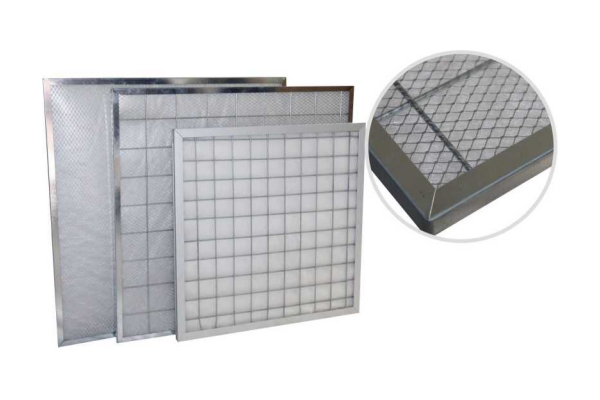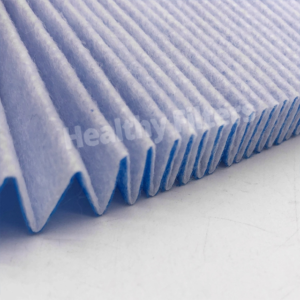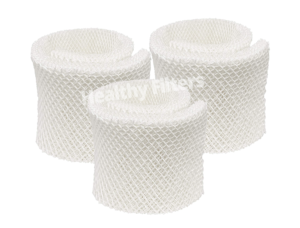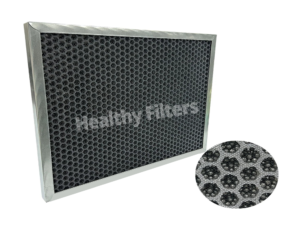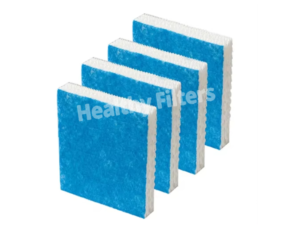High temperature panel filters are air purification components designed for high temperature industrial environments. They can operate stably under harsh working conditions of **200℃ to 1000℃**, efficiently intercept dust, metal smoke, molten particles and harmful gases, protect production equipment, improve energy efficiency and reduce high temperature exhaust gas emissions. With heat-resistant materials, structural innovation and long-term stability as the core, they are widely used in metallurgy, ceramics, electricity, chemicals and food baking industries.
Core structure and material technology
High temperature resistant materials
Metal substrates: stainless steel (304/316), Inconel or titanium alloy, with a temperature resistance of 800℃-1000℃, and resistance to thermal deformation and oxidation corrosion.
Ceramic fiber: Alumina/aluminum silicate fiber filter paper, with a temperature resistance of more than 1000℃, excellent thermal shock resistance, suitable for sudden cooling and heating environments.
Composite coating: The surface is coated with high-temperature resistant PTFE or silicon carbide (SiC) to enhance anti-adhesion and chemical inertness.
Strengthened structural design
Wave/honeycomb structure: Increase the effective filtration area by 30%-50%, reduce airflow resistance (initial pressure difference <100Pa@500℃);
Modular frame: Metal frame (heat-resistant alloy) with ceramic sealing gasket to prevent high-temperature deformation and air leakage;
Multi-layer gradient filtration: coarse metal mesh + high-temperature filter cotton + catalytic layer (optional), graded interception of dust and decomposition of VOCs.
Core performance and advantages
Features Parameters/performance Application value
Temperature resistance limit 200℃-1000℃ (depending on the material) Suitable for furnaces, drying lines, engine exhaust treatment
Filtration efficiency EN 779 F9-H13 (PM1.0 capture rate ≥85%-99.95%) Reduce high-temperature smoke emissions and meet environmental ultra-low emission standards
Chemical corrosion resistance Acid and alkali resistance (pH 2-12), sulfide/chlorine corrosion resistance Applicable to corrosive high-temperature scenes such as chemical industry and waste incineration
Mechanical strength Compressive strength ≥1MPa, thermal shock resistance ≥500 times without cracking Tolerant to rapid cooling and heating, extending the replacement cycle to 2-5 years
Cleaning and maintenance Supports compressed air backflush, vibration cleaning or high-temperature incineration regeneration Reduce downtime and reduce operation and maintenance costs by 40%
Typical application scenarios
Metal processing: aluminum smelting furnace smoke filtration, steel plant sintering machine exhaust treatment, capture PM2.5 and heavy metal particles.
Ceramic and glass manufacturing: kiln high-temperature flue gas purification, recovery of silicon oxide and aluminum oxide dust.
Power industry: gas turbine intake filtration (anti-salt spray, sand and dust), biomass boiler flue gas dust removal.
Food baking: high-temperature oven exhaust system, interception of grease coking products, prevention of fire risks.
Automobile painting: drying room exhaust gas treatment, filtration of paint mist and organic volatiles (with catalytic oxidation layer).
Selection and maintenance strategy
Accurate selection guide
Temperature matching:
200℃-500℃: stainless steel + ceramic fiber composite filter plate;
500℃-1000℃: pure ceramic fiber or intermetallic compound filter element.
Pollutant type:
Sticky particles (such as tar): PTFE coating anti-sticking;
Corrosive gas: nickel-based alloy + acid-resistant ceramic layer.
Intelligent maintenance solution
Condition monitoring:
Infrared temperature sensor monitors filter element thermal stress in real time;
Pressure differential transmitter warns of blockage (recommended replacement threshold: initial pressure differential × 2.5).
Cleaning technology:
Online cleaning: pulse jet system (0.5-0.7MPa) timed backflush;
Offline regeneration: 850℃ high temperature calcination to remove carbon deposits and organic matter.
Replacement cycle:
Conventional working conditions: 12-24 months;
High dust/high corrosion environment: 6-12 months.
Industry breakthroughs and future trends
Nano ceramic coating: Improve PM0.3 filtration efficiency to 99.99%, and simultaneously catalyze and decompose dioxins;
AI operation and maintenance system: predict filter element life through big data and dynamically adjust cleaning frequency;
Carbon neutralization integration: capture high-temperature CO₂ and couple storage technology to help achieve the goal of a zero-carbon factory.
High temperature plate filter takes **”extreme temperature resistance, high efficiency purification, zero secondary pollution”** as its core competitiveness, becoming the ultimate solution for industrial high temperature waste gas treatment. From protecting equipment to purifying the environment, it is not only a “heat shield” for production, but also a technological benchmark for green manufacturing.

